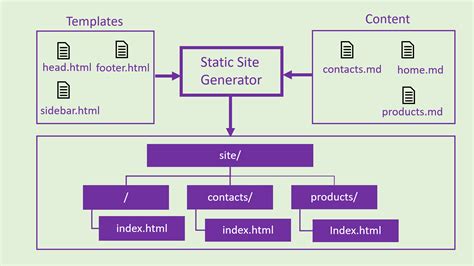In the realm of web development, debates rage over the best approaches to building and maintaining websites. One contentious topic centers around the merits and complexities of static site generators (SSGs) versus the seemingly nostalgic approach of hand-writing HTML. While SSGs such as Jekyll, Hugo, and Eleventy strive to automate and streamline the creation of static websites, the intricacies of their ecosystems can sometimes result in unanticipated frustrations. Some developers are beginning to wonder aloud if a return to manually coding HTML pages might be simpler and more sustainable in the long run.
A key point against the complexity of SSGs is the often overwhelming setup and maintenance required, especially when it comes to dependencies and environment configurations. For instance, those who have wrangled with Jekyll’s dependency hell or the intricacies of Ruby’s package ecosystem might appreciate the frustration. As noted by one user, switching to Hugo, a single binary SSG, minimized these pains, underscoring the appeal of simplicity in tooling. Similarly, Zola offers a more streamlined alternative, operating as a solitary binary that avoids the convolutions of maintaining extensive dependencies.
However, even as these tools aim to simplify the development process, they bring their own set of challenges. Debugging SSGs can be a formidable task, particularly when dealing with issues arising from system inconsistencies or package updates. Some have found solace in configuring their environments to be reproducible and portable, utilizing containerization tools like Docker or CI/CD services like GitHub Actions to maintain a consistent setup across machines. Yet, these solutions, while effective, add another layer of complexity that some might wish to avoid entirely.
This leads some developers to a simpler, albeit more labor-intensive, solution: writing HTML by hand. In theory, for small-scale projects with limited pages and content, this approach could indeed reduce the friction associated with more complex toolchains. By eliminating the intermediary steps of generating content, developers can wield direct control over every aspect of their web pages. Annotations and styling options can be embedded directly into the HTML, sidestepping the need for template engines or preprocessing steps. Moreover, as some users argue, the straightforward nature of HTML remarkably dispels many of the pitfalls seen in dependency-laden SSG ecosystems.
However, the practicality of hand-writing HTML diminishes as the scale of a website grows. Sites with frequently updated content, extensive blogging interfaces, or complex navigational hierarchies would quickly become unmanageable without some form of automation. Features like RSS feeds, templating for headers and footers, and dynamic content updates become cumbersome without the background processes that tools like SSGs provide. As one commentator sagely noted, despite the nostalgic appeal, hand-writing HTML could lead to higher maintenance costs and reduced website agility, particularly when scalability issues arise.
Thus, the debate continues. While hand-writing HTML might offer an illusion of simplicity, the benefits tend to erode as demands and expectations increase. For developers seeking an equilibrium between simplicity and functionality, exploring lightweight SSG options or leveraging modern tooling to create reproducible environments could be the most pragmatic approach. Ultimately, the decision hinges on the specific needs and scale of the project, as well as individual comfort with the inherent complexities of the tools involved.


Leave a Reply